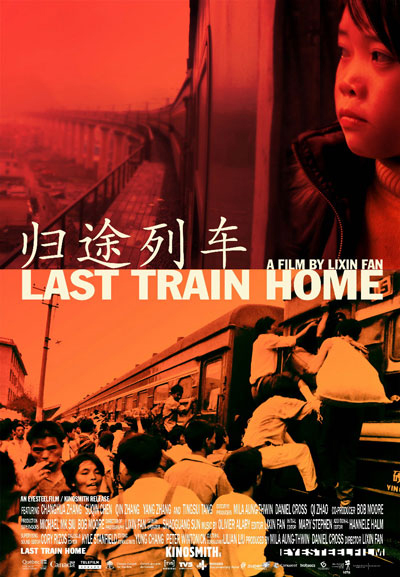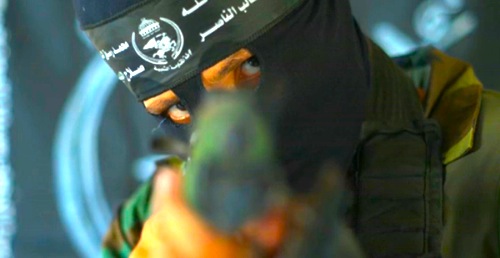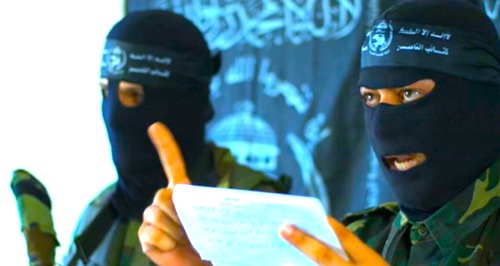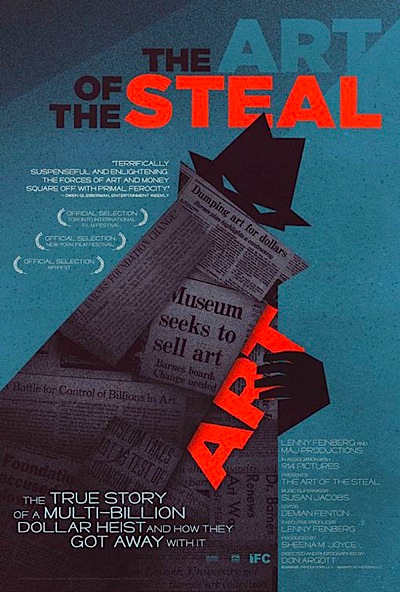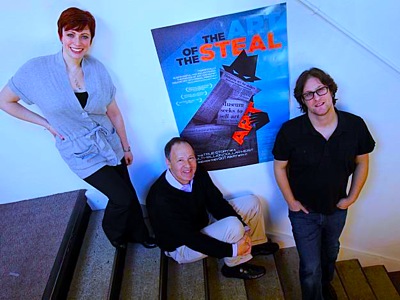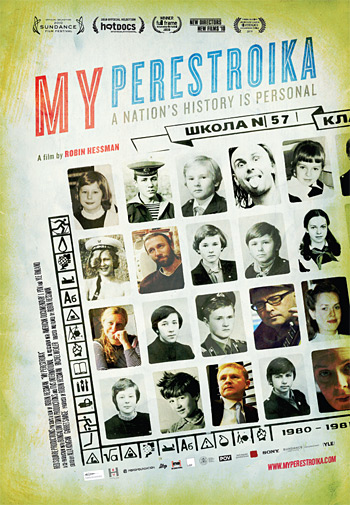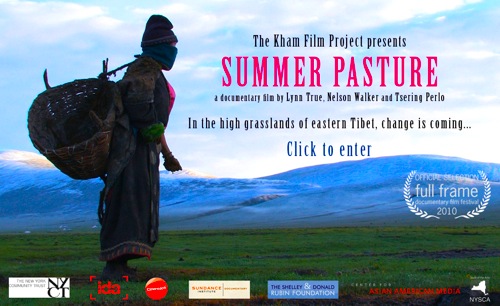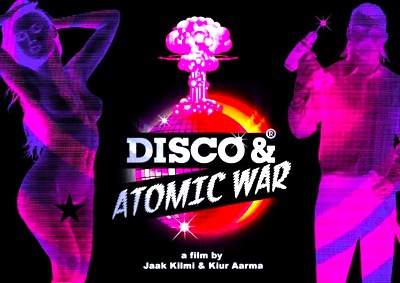By Jason Apuzzo. This is a melancholy weekend. The ninth anniversary of the 9/11 attacks is upon us – and it is natural, I think, to reflect not only on the victims of that day, but on the people whose lives are continually put in the line of fire in order to prevent those sorts of attacks from happening again. So for this reason I want to tell you about a little documentary that recently came to my attention, called Pappy Boyington Field. You can see the trailer for the film above.
Who was Pappy Boyington? Pappy Boyington is what America was – and I dearly hope still is – made of. He is the sort of man who made this country the most powerful force for democracy and freedom this world has ever seen. If Homer walked our streets today, he is the kind of man the poet would likely write epic poems about. As it turns out, John Wayne more or less did play Pappy in the classic film Flying Tigers, and Robert Conrad certainly played Pappy in the famous TV series Baa Baa Black Sheep.
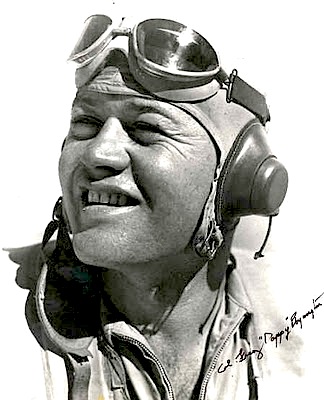
So in his lifetime, Pappy certainly got his due. And in our lifetime? Let’s just say that remains to be seen. Boyington’s present-day legacy is the subject of Kevin Gonzalez’s fine new documentary Pappy Boyington Field, and certainly Gonzalez’s film takes us great strides forward in understanding and appreciating this extraordinary American.
Gregory ‘Pappy’ Boyington was a Marine Corps fighter ace during World War II, who had the distinction of being awarded both the Medal of Honor and the Navy Cross. With between 22 and 28 kills (depending on the source) Pappy was not quite America’s top scoring ace – that distinction belongs to Air Force Maj. Richard Bong (with over 40) – but Pappy was likely the most brash and daring. Boyington initially flew with Claire Chennault’s Flying Tigers in China (often clashing with Chennault), and later commanded the famous Marine Corps Black Sheep Squadron. Boyington would later become a prisoner of war – a ‘guest of the Emperor’ – before returning home in triumph, after he’d more or less been given up for dead.
He was called ‘Pappy’ because during the War he commanded men who were, for the most part, about a decade younger than he was.
Part of the Boyington legend is that Pappy would actually goad the enemy into coming up to fight him and his men. Over the Kahili airdrome, for example, Pappy and two dozen of his fighters circled a Japanese airfield where 60 aircraft were based. The Japanese took the bait, and sent up a large squadron. In the battle that followed, 20 Japanese aircraft were shot down. Among the Black Sheep? None.
At one point during the war, Boyington’s Black Sheep squadron offered to shoot down a Japanese Zero for every baseball cap sent to them by baseball players playing in the World Series. They received 20 caps – and shot down 20 Zeros … and just kept going. At one point during the squadron’s first tour of combat duty, Pappy actually shot down 14 enemy fighter planes in 32 days. Boyington’s war record is studded with such colorful tales of bravado and triumph.

Flash forward to today. A group of Marine veterans in Boyington’s birthplace of Coeur d’Alene, Idaho, wanted to rename that small town’s airport “Coeur d’Alene Airport–Pappy Boyington Field” in his honor. You would think this sort of thing would be a lock, a no-brainer. When you accomplish the sort of things Pappy accomplished, you would think that naming a small airfield in his name would sort of be the minimum his country might do for him. For all I’m concerned, they could’ve renamed Idaho ‘Pappy’ and I personally would’ve been fine with it.
But we don’t live in the World War II era any more, of course, and so the city fathers of Coeur d’Alene stalled and made excuses. They asserted that it might be ‘dangerous’ to pilots to change the airport’s name, because it might confuse them(!). They hid behind amorphous accusations of Boyington’s drinking and philandering. Essentially they stalled and evaded … for three years. They did so until a variety of media people got involved and took up Pappy’s cause. One key figure in this fight was Fox News’ Oliver North. I won’t tell you how the story panned out.
Pappy Boyington Field is a documentary that tells the story behind the effort to rename the Coeur d’Alene Airport in Pappy’s honor. In so doing, the film subtley tells the story of two Americas: the World War II America in which Boyington was a hero who received a hero’s welcome after his return from the Pacific theater (including a massive downtown parade in San Francisco, and receiving the Medal of Honor from President Harry Truman); and, of course, the America of today … when faceless, politically correct bureaucrats do everything imaginable to erase the memory of this genuine hero. So there’s a melancholy quality to Pappy Boyington Field that is unmistakable. How in hell has our country changed so much, in such a relatively brief period of time?
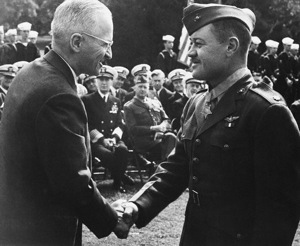
Kudos to filmmaker (and fellow USC Trojan) Kevin Gonzalez for putting together this compelling documentary about the fight on Pappy’s behalf. Pappy Boyington Field is a film about the type of old-fashioned, small town activism – precisely the sort of the fueling the current Tea Party movement – that is trying to halt the wholesale erasing of America’s freedom-loving heritage. Except in this case, the activism is coming from Marines, who were simply trying to honor a man whose valor in combat on behalf of his country is already the stuff of legend.
Please pick up a copy of Pappy Boyington Field and watch it. Take some time to learn something about an American hero, who put his life on the line for you. Once you’ve done that, pick up another copy for your local library – and make sure they stock it, so that young people can learn something about their country’s heritage. Demand that it be seen. Make some noise. Little acts like these will prevent our shared history from slipping away.
As a footnote here, I understand that John Woo will soon be doing a large-scale Flying Tigers movie, to be released in IMAX. I think that’s great … but I’m hoping there’s a character named Pappy Boyington in it – and that he gets the props he deserves. Men like Pappy are what made this country what it is – or what it can be, when we continue to live up to his example.
Posted on September 12th, 2010 at 1:02pm.
